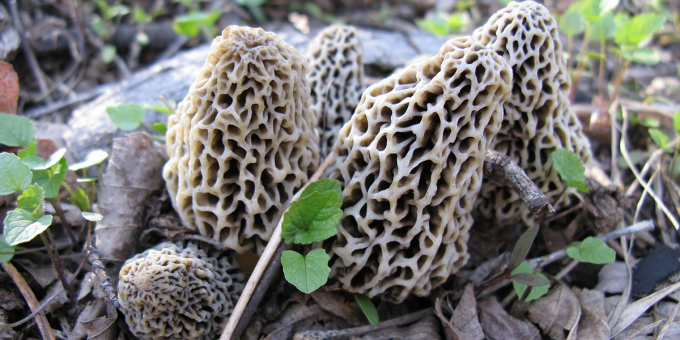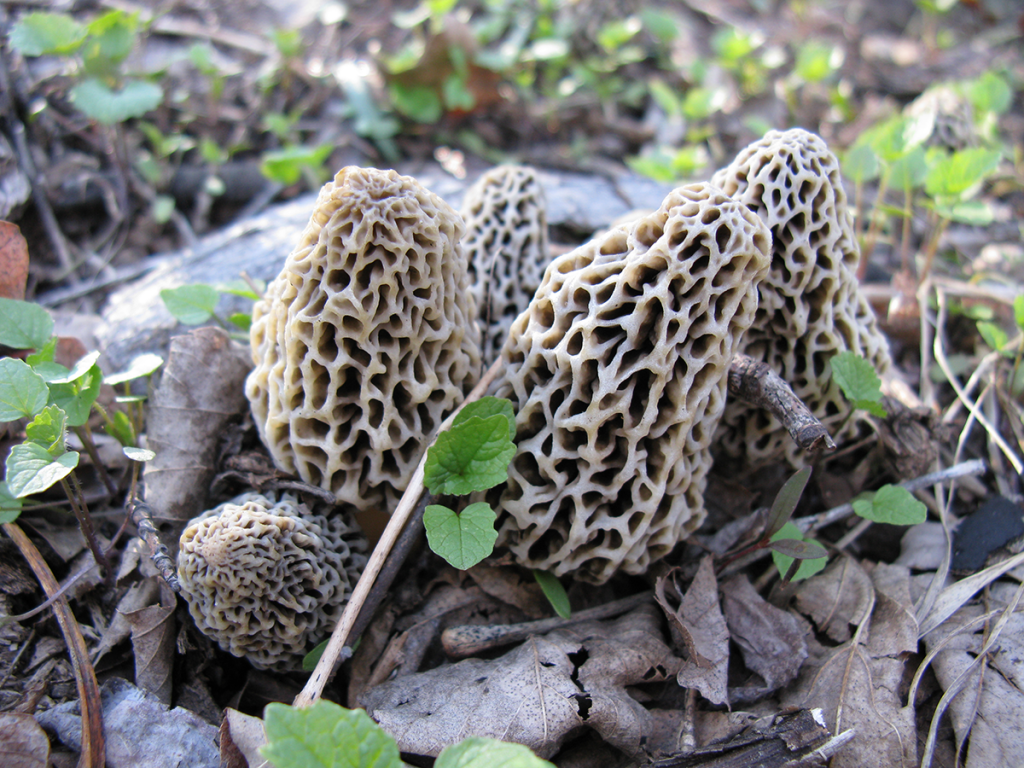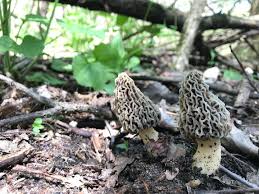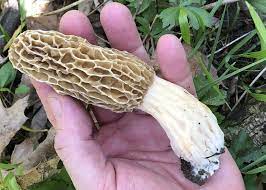
UNDATED – Recent spring weather can only mean one thing – morel mushrooms.
In early spring, keep an eye out on south-facing hillsides for these tastiest fungi.

Morels will not grow if the soil is too warm or cold. They also tend to like moist soil, so snowy winters and rainy springs are ideal. Morels commonly appear when topsoil temperatures reach about 55 to 57 degrees Fahrenheit. This often corresponds with daytime highs in the 60s and nighttime lows of 40 degrees or warmer. They typically begin sprouting in Indiana in mid-to-late April and can usually be found throughout most of May.
Early-season morel hunters to focus on southward and westward slopes. They will have the warmest, early season soil.
The old timers say that when the oak leaves are the size of a mouse’s ear then that’s the time to look for morels.

Morel hunters tend to find them near certain kinds of trees. Experts say sycamore, hickory, ash, and elm are four to focus on first and then fruit trees like an apple tree. The Indiana Department of Natural Resources notes that beech-maple forests make fertile morel-hunting grounds.
You can hunt morels on many of Indiana’s public lands, including the extensive Hoosier National Forest. State parks, reservoirs and forests usually allow mushroom-hunting as long as it’s not for commercial sale.
Private lands are another option many morel-hunters take advantage of, but it’s essential to ask permission of the landowner beforehand.
Any mushroom hunter can tell you this. If you find one, you need to freeze and look around. You’re much more likely to find more.

Morels can range from thimble size to something resembling a soda can, although the larger ones are more rare.
Early season morels are often black and about the size of your thumb and often first found near sycamore trees. Gray, or yellow, morels usually appear later in the season. Morels can have about a three week growing season but most don’t last that long.
Always identify a mushroom before harvesting it for food. If you cannot identify it, do not eat it, some mushrooms are toxic and a few can be fatal.



